Gamification of Software Testing
Prashant Hegde
Posted On: February 15, 2023
![]() 29213 Views
29213 Views
![]() 10 Min Read
10 Min Read

Games have been a part of our lives since ancient times. For instance, “Chaturanga” or chess can be traced back around 1500 years. In the beginning, these games were played as sports and competitive tournaments. Later, they served as entertainment for dealing with adverse or boring situations.
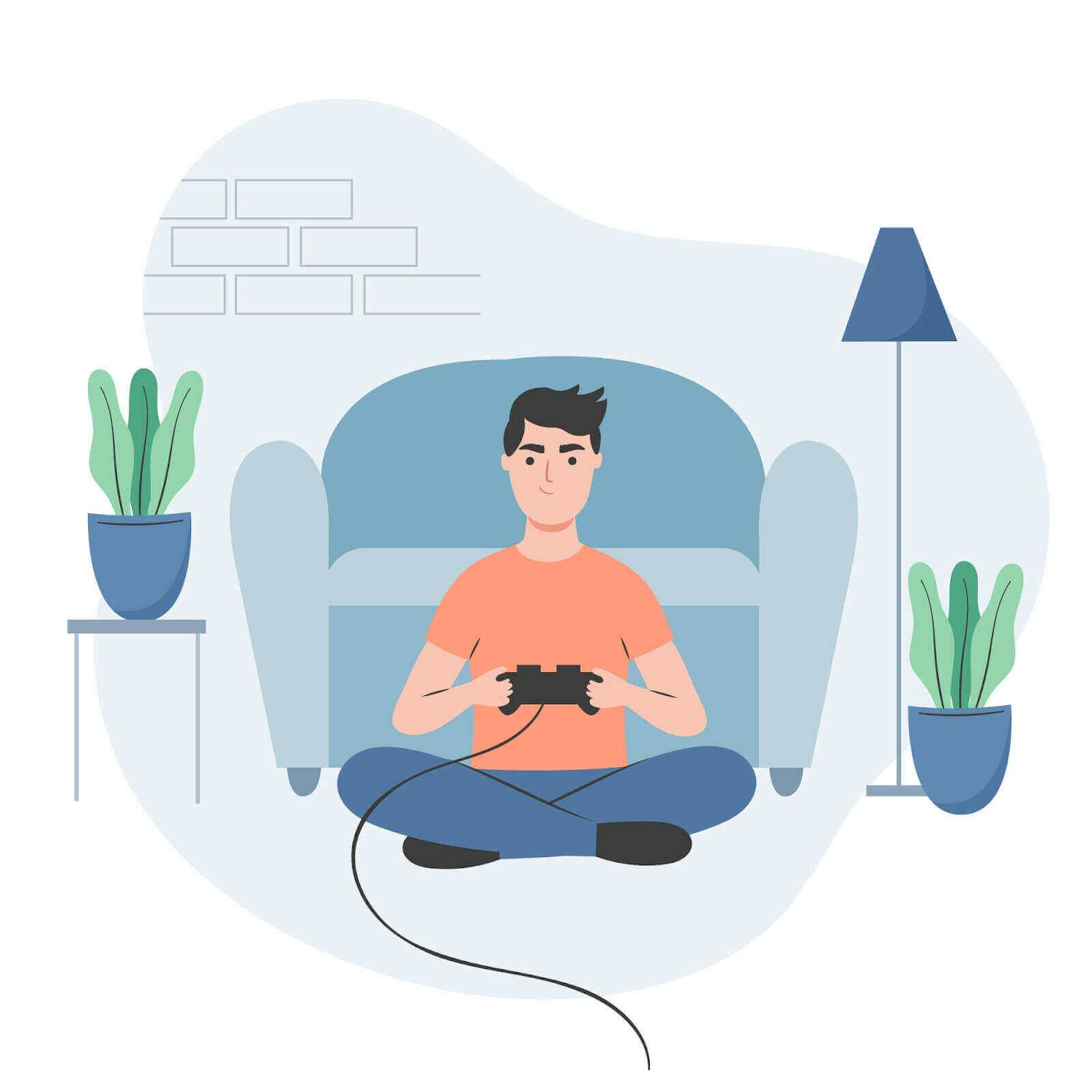
As technology advanced, “Gaming” became a common term in the digital entertainment industry, referring to playing video games. In recent years, businesses have been integrating game-style incentives into non-game environments, having a much broader purpose than simply entertainment. Gamification has become increasingly popular in sports, education, and businesses to drive motivation and engagement.
Gamification can be a powerful tool for engaging, motivating, and developing testers within an organization. In this article, we will discuss everything you need to know about gamification and how to incorporate it into some of your software testing tasks.
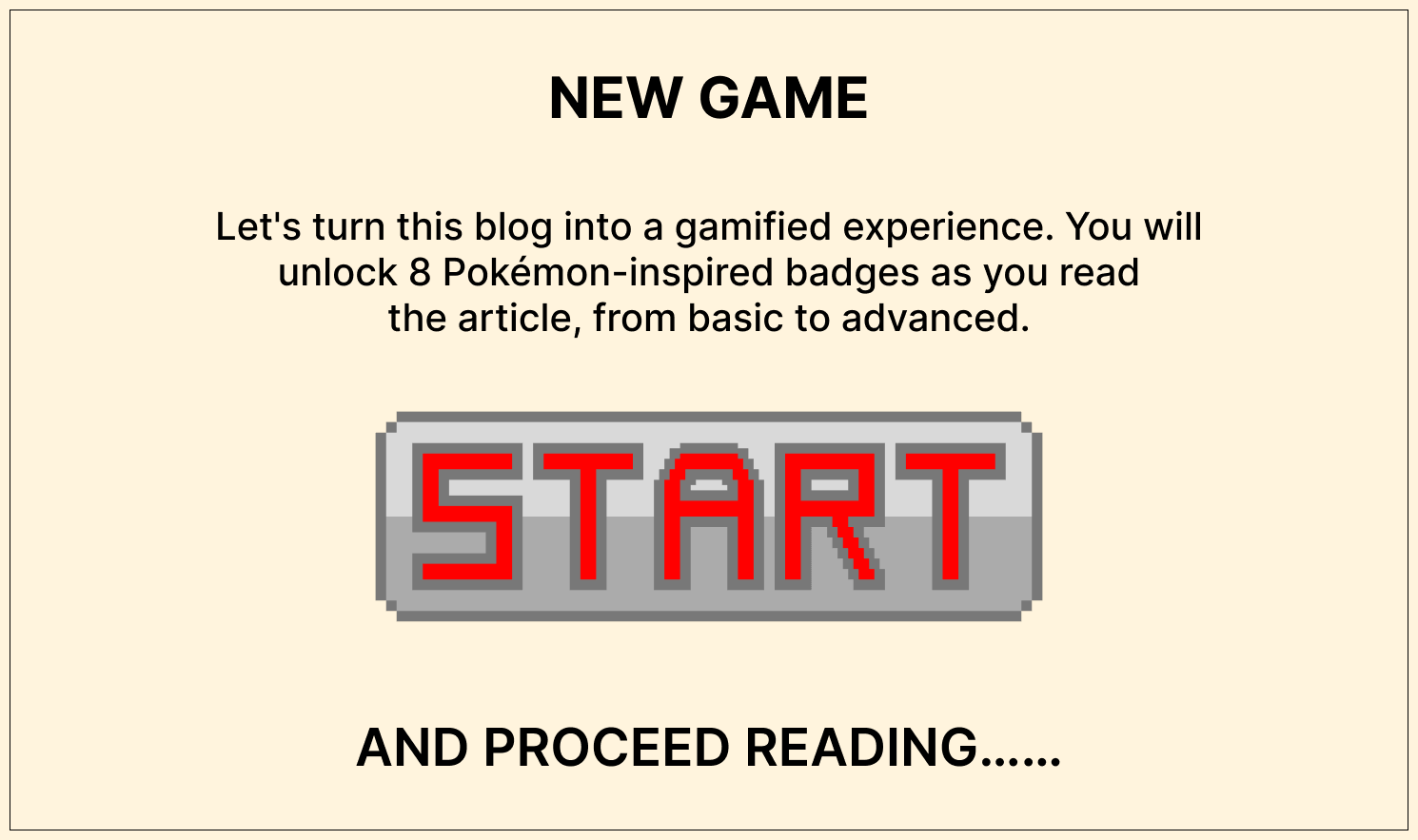
What is Gamification?

Gamification is the use of game design elements and mechanics in non-game contexts.
Gamification is used to motivate users to achieve their goals. Gamification injects gameplay and rewards into everyday activities, making them more fun and engaging.
Nick Pelling coined the term gamification in 2002, and it became popular in 2010.
Gamification uses classic game design elements(a.k.a game mechanics) like
- 🎖 Badges
- 💯 Points
- 📊 Leaderboards
- 🆙 Leveling up
- 🏆 Challenges
- 🏃 Competition
- 🏹Quests
- 👥 Community
And so on.
Gamification can be an effective tool for businesses. to increase customer engagement, retention, and loyalty. Gamification has played a significant role in the growth of numerous businesses. You have likely experienced gamification in apps you use daily without realizing it. Below are some examples of businesses that made their products more fun, engaging, and rewarding.
1. Google Chrome – Dinosaur Game
Gamification can make even the most frustrating moments enjoyable. The dinosaur game on Google Chrome was designed to keep people engaged if they lost internet access.
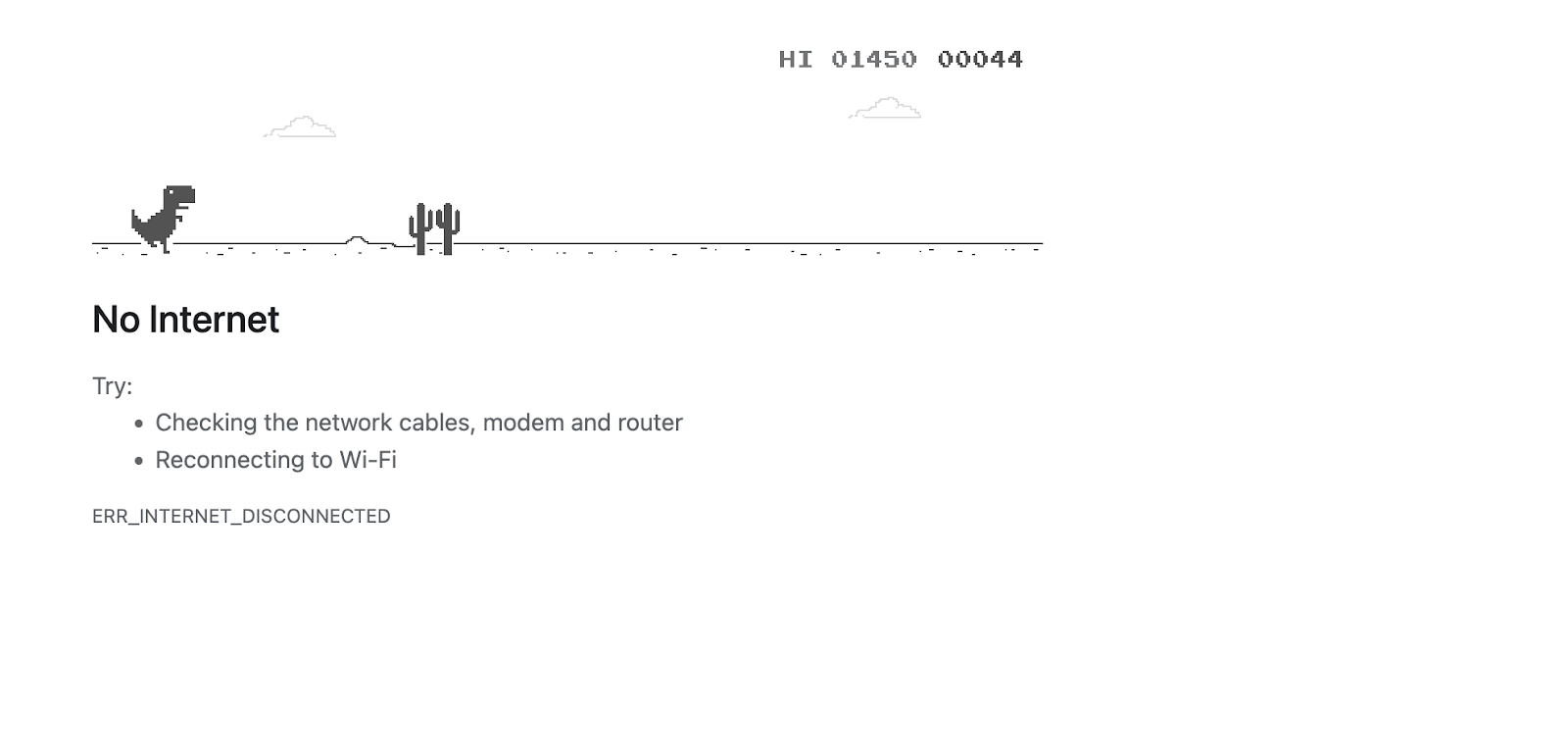
2. Cred
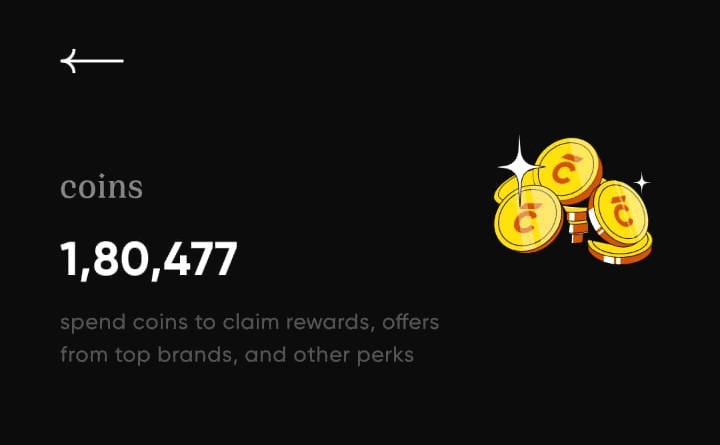
CRED has designed an excellent gamified loyalty program. When you pay your credit card bill, CRED provides you with coins that can be redeemed for rewards like cash back or discounts. Additionally, gamification makes mundane tasks like paying bills fun for customers.
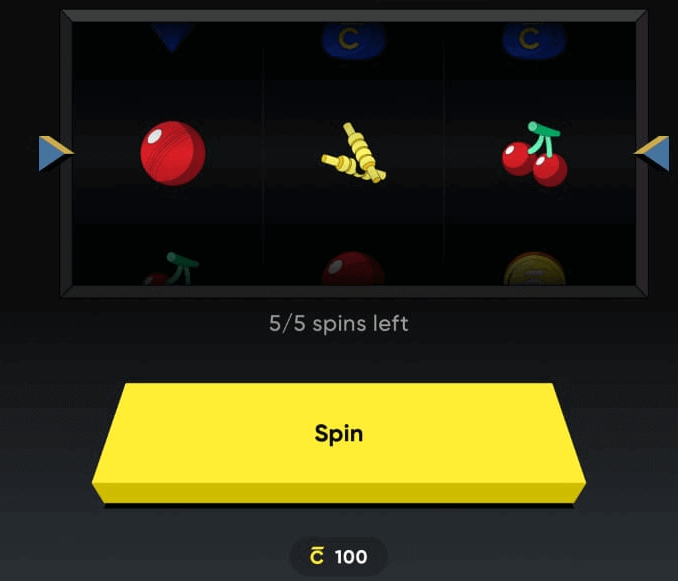
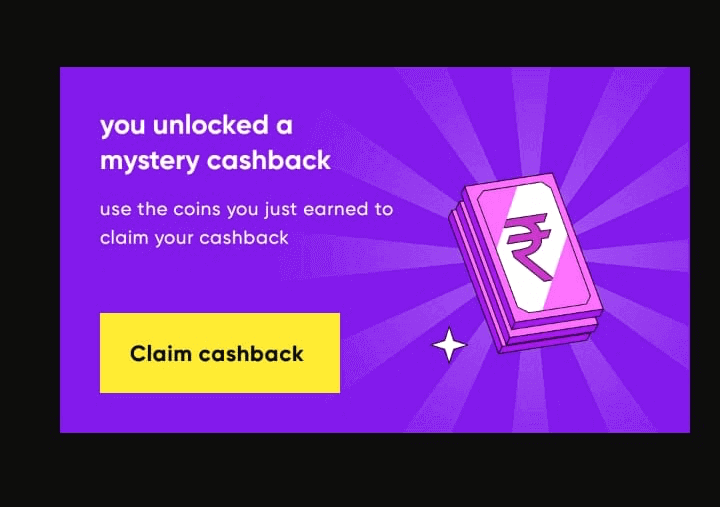
Spin and winning prizes daily keep users coming back for more.
3. Duolingo
Learning a new language can be overwhelming. Learning is made more enjoyable through gamification in Duolingo. Several excellent gamification examples can be found on Duolingo.
Gamification can encourage learning through Experience points, streaks, unlocking of levels, and badges based on learning outcomes.
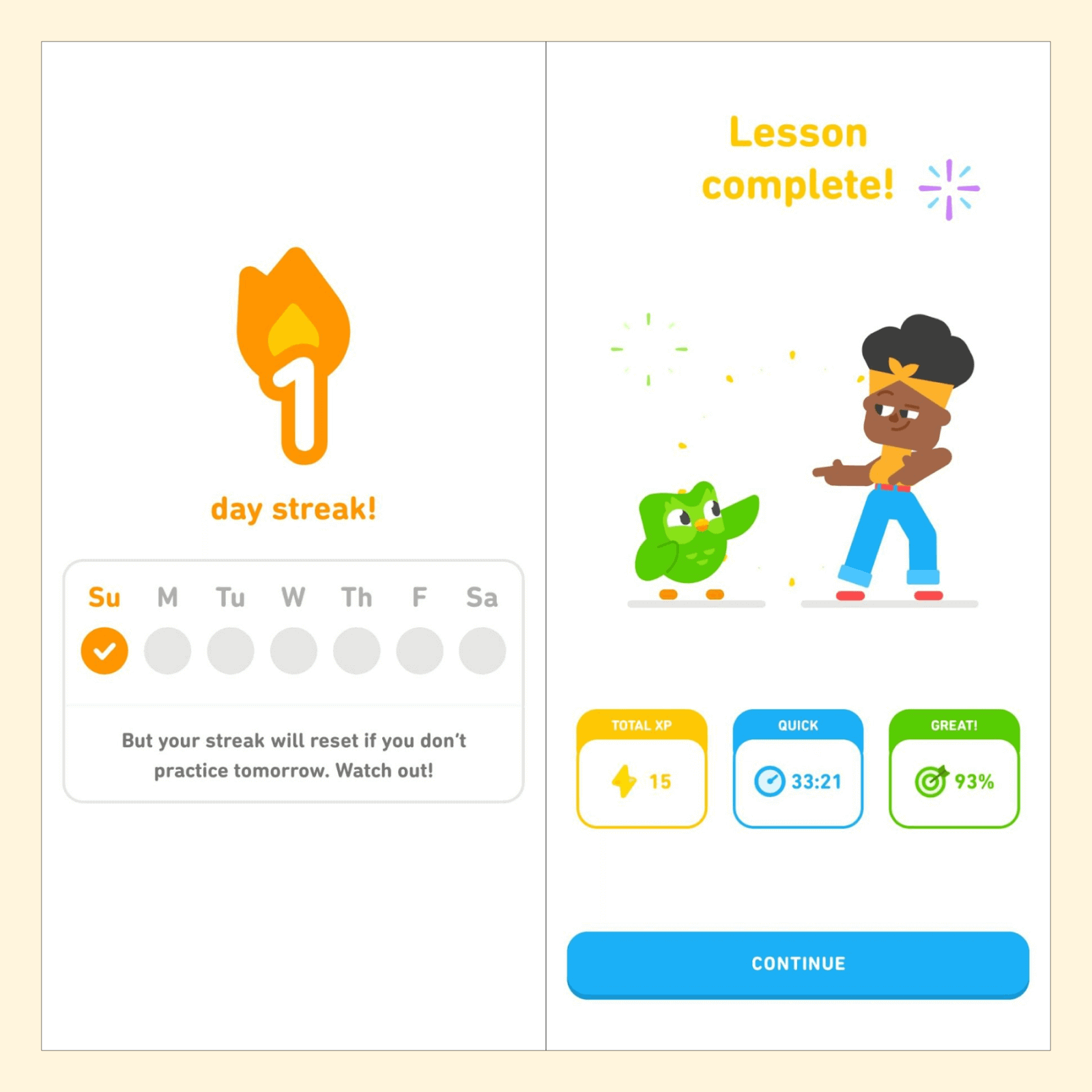
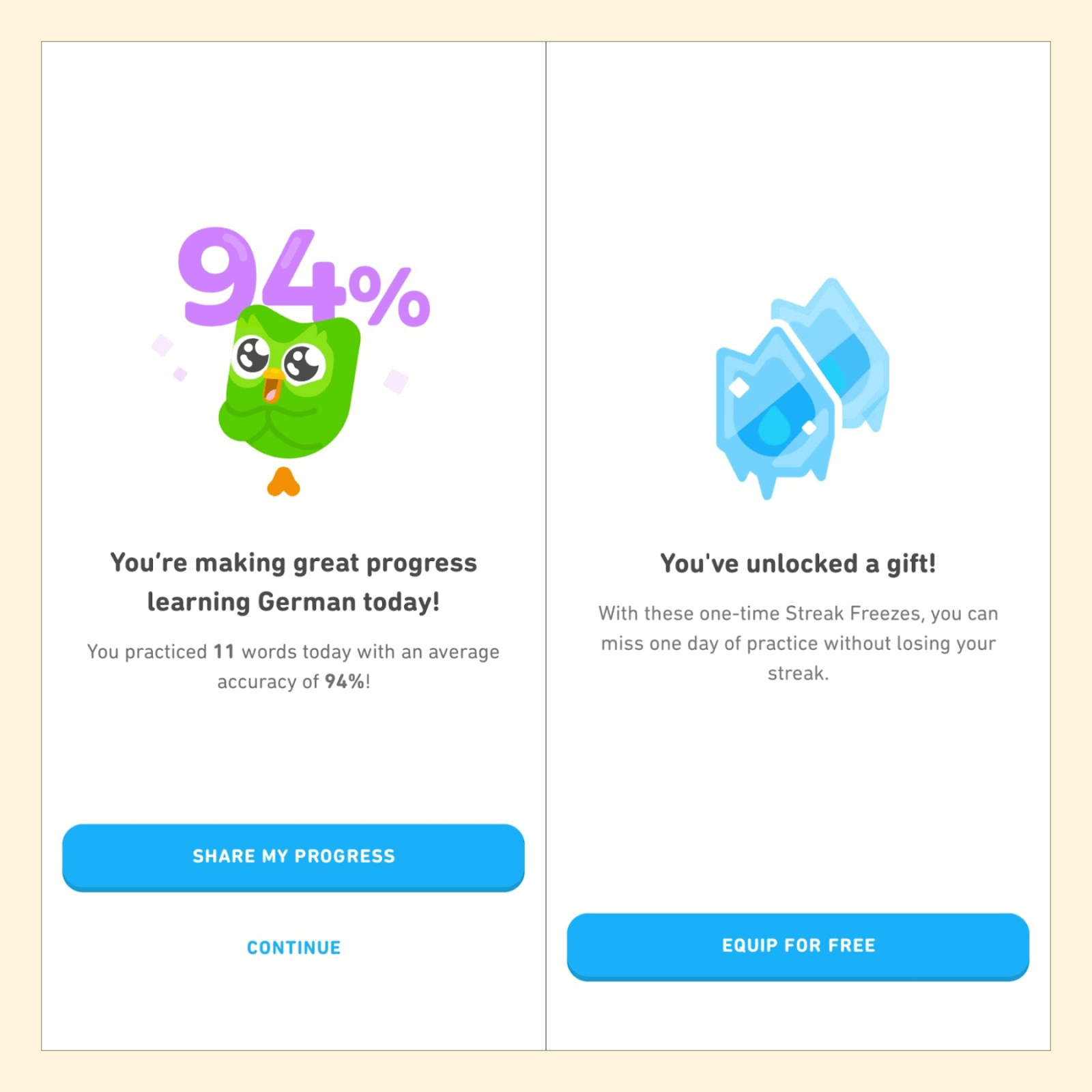
4. ISTQB Test Mentor
Gamification is becoming increasingly popular in educational apps since it motivates learners and makes them more engaged. In my own app ISTQB test mentor, there is an ultra-tough survival mode that unlocks several exciting badges based on the achievements of the users. Badges (achievements) motivate users to learn more by giving them a sense of accomplishment.

5. Habitica
Habitica takes gamification to the next level; this app treats your life like a Role Playing Game. Habitica is a free productivity app that gamifies your tasks and goals.
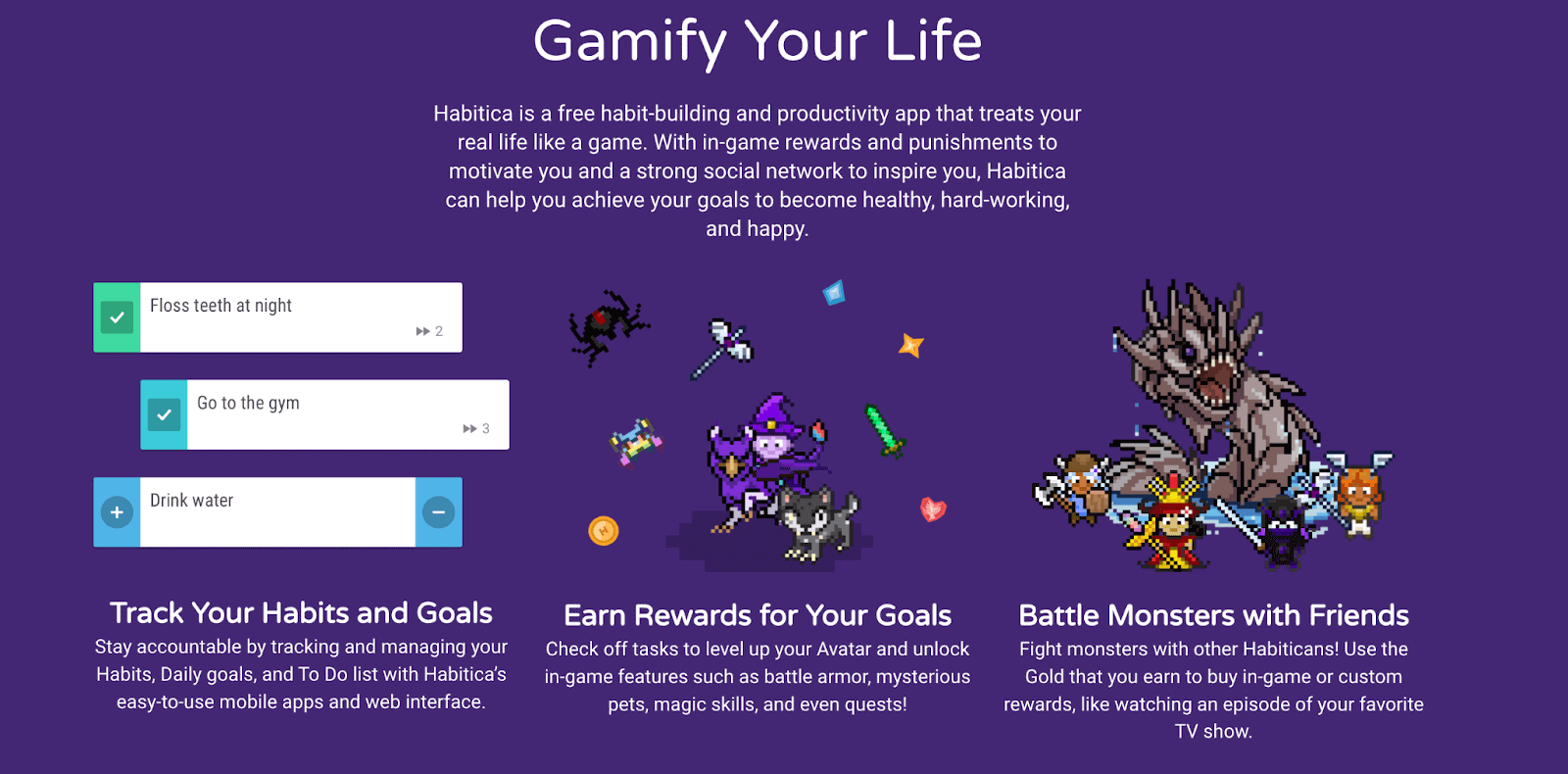


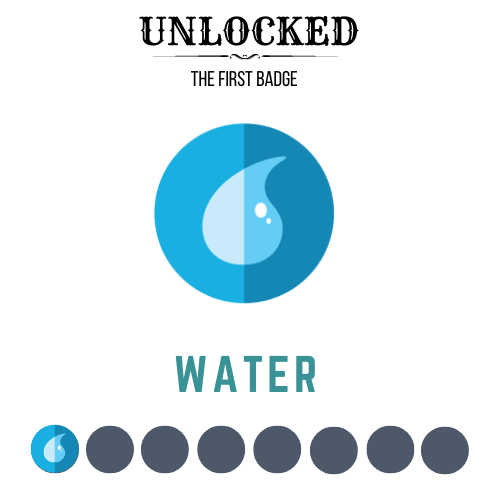
- THE PLAYER UNDERSTANDS WHAT THE TERM “GAMIFICATION” MEANS.
- THE PLAYER KNOWS SOME EXAMPLES OF GAMIFICATION IN BUSINESS.
- THE PLAYER IS KEEN TO LEARN MORE ABOUT GAMIFICATION.
Gamification: Why Does It Work?

Gamification is a strategy for influencing and motivating the behavior of people.
The “happy” chemical dopamine plays a crucial role in human motivation. When we see a reward worth pursuing(for example, a challenge in a game), our bodies produce dopamine. Upon release of dopamine, you feel happy. You are motivated to complete the task, no matter how tough. You get a dopamine rush when you anticipate winning a game, a prize, earning points, or upgrading levels.
Several studies have also shown us that small incentives can motivate individuals to take actions they would not otherwise take. Something is satisfying about winning, even if it’s something seemingly small, like a cup of coffee or a gift voucher. We all strive to be the best. Using gamification elements like leaderboards and rewards motivates us to be better than our competitors. As a result, you work harder to achieve superior results. In gamification, people’s natural competitive tendencies are harnessed to achieve their goals or boost performance.
What are The Benefits of Gamification in Testing?
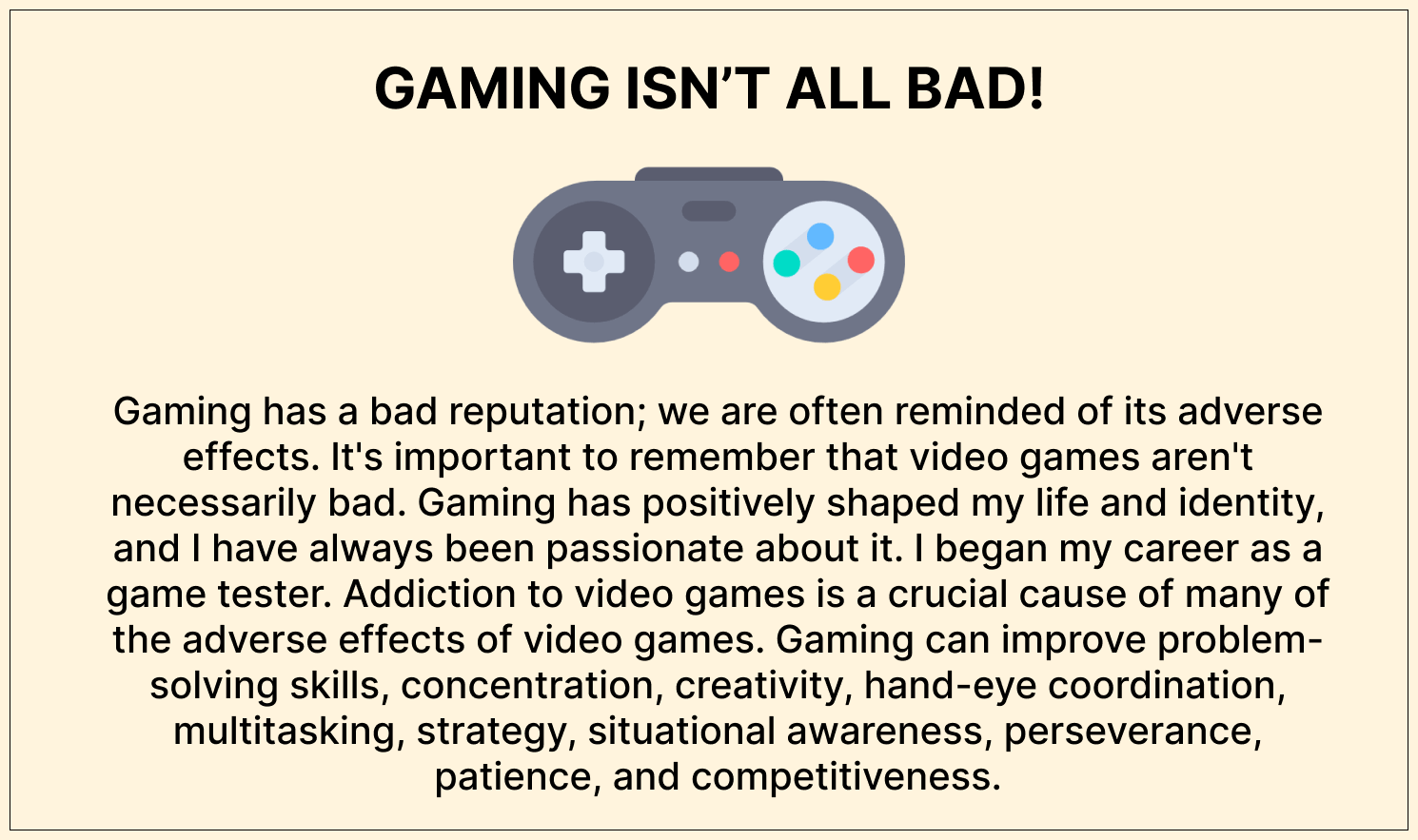
- Increased motivation and engagement: Gamification can make testing tasks more engaging and enjoyable. Testers can feel more invested in the activities they are participating in and be more motivated to complete them.
- Promotes teamwork and interaction: Gamified activities often require testers to work together as a team. Gamification requires testers to compete and form bonds with one another
- Enhances productivity: Gamification enables testers to meet their KPIs by encouraging some specific behaviors.
- Increased participation: Gamification can make testing more appealing to even non-testers, increasing their participation and engagement in testing activities.


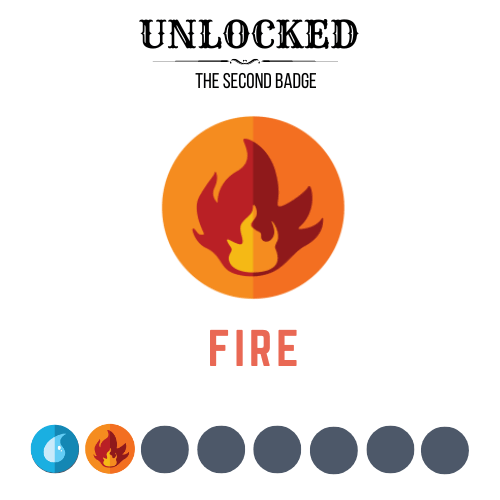
- THE PLAYER UNDERSTANDS THE SCIENCE BEHIND GAMIFICATION.
- THE PLAYER HAS LEARNED THE BENEFITS OF GAMIFICATION.
Gamification of Software Testing
Idea 1 💡 Gamification of Routine Tasks
The most basic form of gamification is to reward testers for the desired actions.
Give testers points and badges for completing specific tasks or reaching certain milestones. As part of their day-to-day activities, testers earn points/badges for things like raising valid issues, logging work, reopening issues, transitioning issues, completing sprints, commenting on tickets, etc. A game-like layer of achievements is used to enhance the effectiveness of everyday tasks. Points/Badges are awarded to developers for fixing defects, reviewing, logging work, closing stories on time, etc. By doing this, we seek to encourage certain behaviors. Several tools are available to help you incorporate gamification into your bug-tracking system. You can define points and badges and what behaviors will earn them.
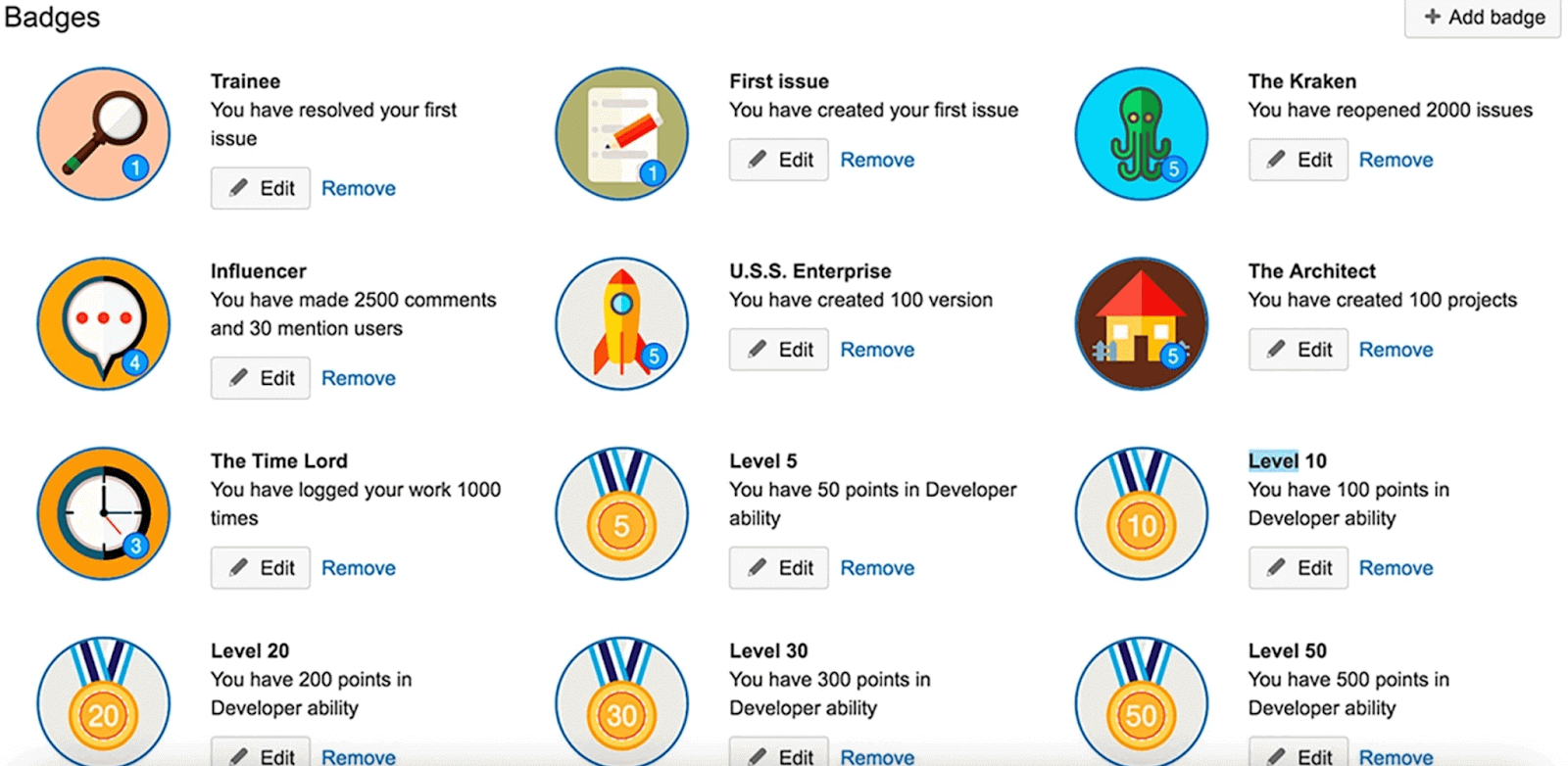
Idea 2 💡 Organize a Bug Bash
Bug bashes gamify the process of finding bugs in your software. Bug bash is an organizational-wide fun event where people from multiple departments attend to unearth bugs in the software. The bug bash uncovers a large number of bugs in a short timebox. Also, bug bashes are a great way to gather feedback, improvements, and ideas from diverse perspectives.
How to play
- Participants register as Individuals or teams (whichever works best for your organization).
- Bug bashes are scheduled for 90 minutes.
- 10 minutes – brief the rules of bug bash and scope of testing.
- 60 minutes – Participants have uninterrupted time to explore the application and report any issues.
- 20 minutes – For debriefing, where participants can explain the bugs they have captured and provide feedback.
- Winners are announced in a week. Those who discover impactful bugs and provide valuable feedback are rewarded.
How to reward participants
- To increase participation, arrange for snacks and food. Make it a fun activity. Share gift vouchers with participants at remote bug bashes.
- Award points to the winners of the bug bash. Converting points into cash should be made possible, or let participants use points to redeem swags like t-shirts, coffee mugs, courses, books, certifications, tools, discounts, conference tickets, etc.
- Celebrate team members’ achievements by using gamification elements such as badges and leaderboards. I use a modified League of Legends ranking system for bug bashes. The participants reach different levels based on their earned points in bug bashes.
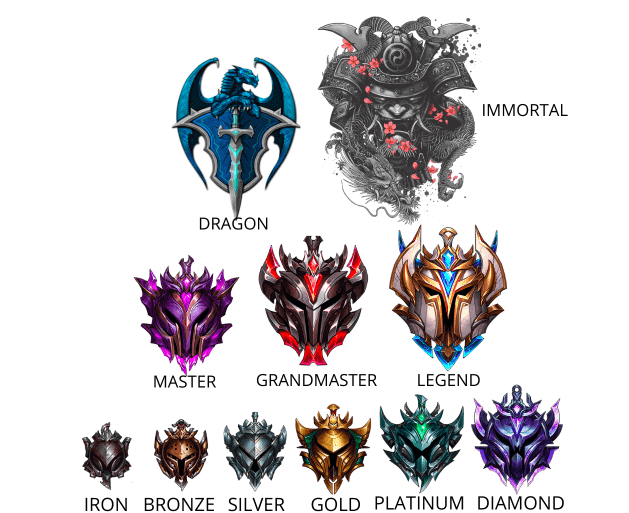
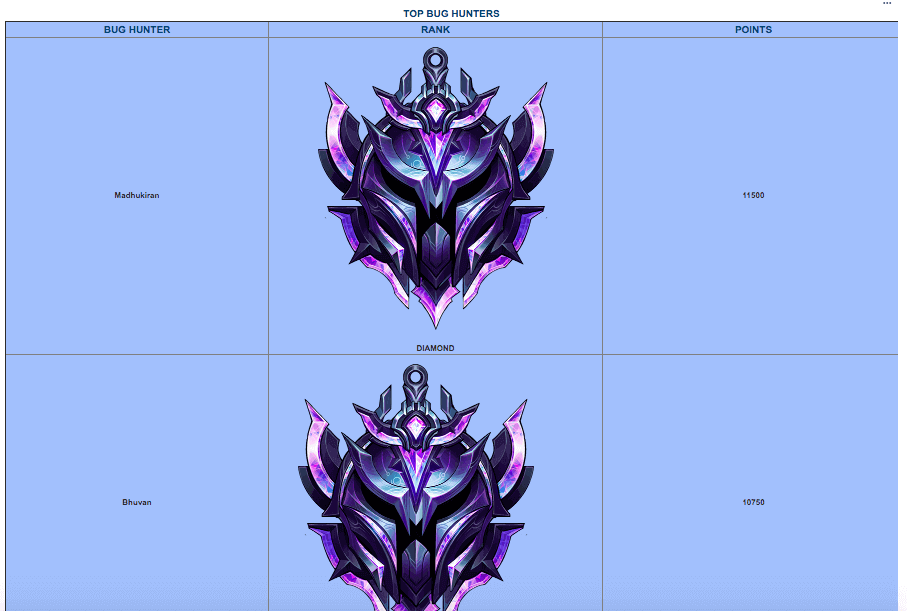
An even more fun way to play Bug Bash is to play it league-style. Establish teams and promote healthy competition. Friendly competition can increase employee productivity and engage employees in the workplace.
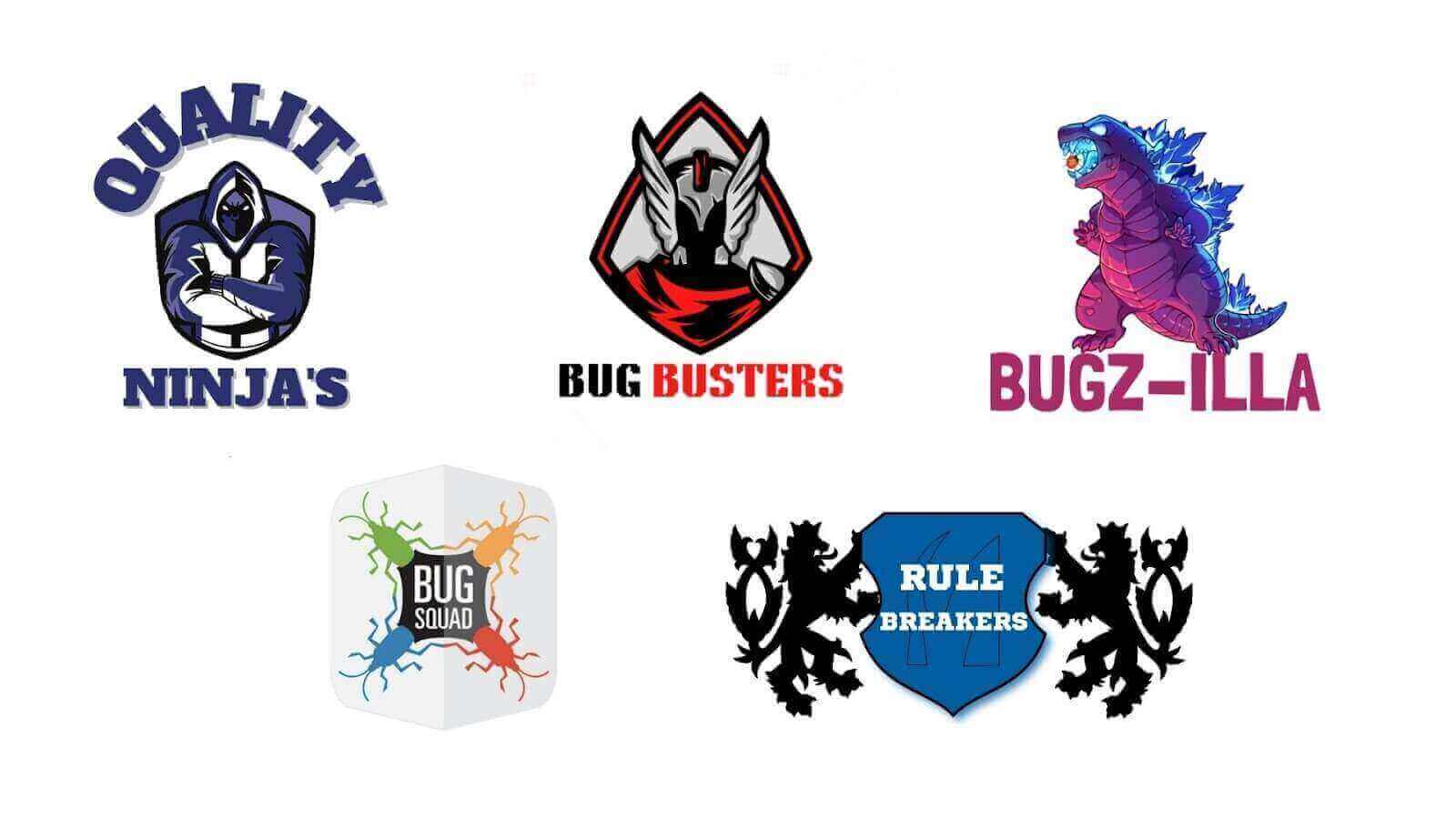
Get the participants to create their teams’ names and logos(Avatars). Keep teams balanced by regularly rearranging participants. Players in bug-bash teams can even be auctioned off. The possibilities are endless.
Additionally, you can conduct similar competitions based on your context. Below are some examples:
- Development/testing/automation hackathons
- Bug squash – An event where teams work on fixing open bugs- teams who fix the most impactful bugs are rewarded.
- Docathon – An event where teams work on finding and fixing issues in public documentation.
Idea 3💡- Testsphere Card Deck
This game promotes knowledge sharing and helps testing colleagues develop new test ideas. The TestSphere card deck encourages testers to think about testing and talk about it. A hundred cards featuring a hundred testing concepts that testers can use to brainstorm, coach, and share knowledge and experiences by using these cards.
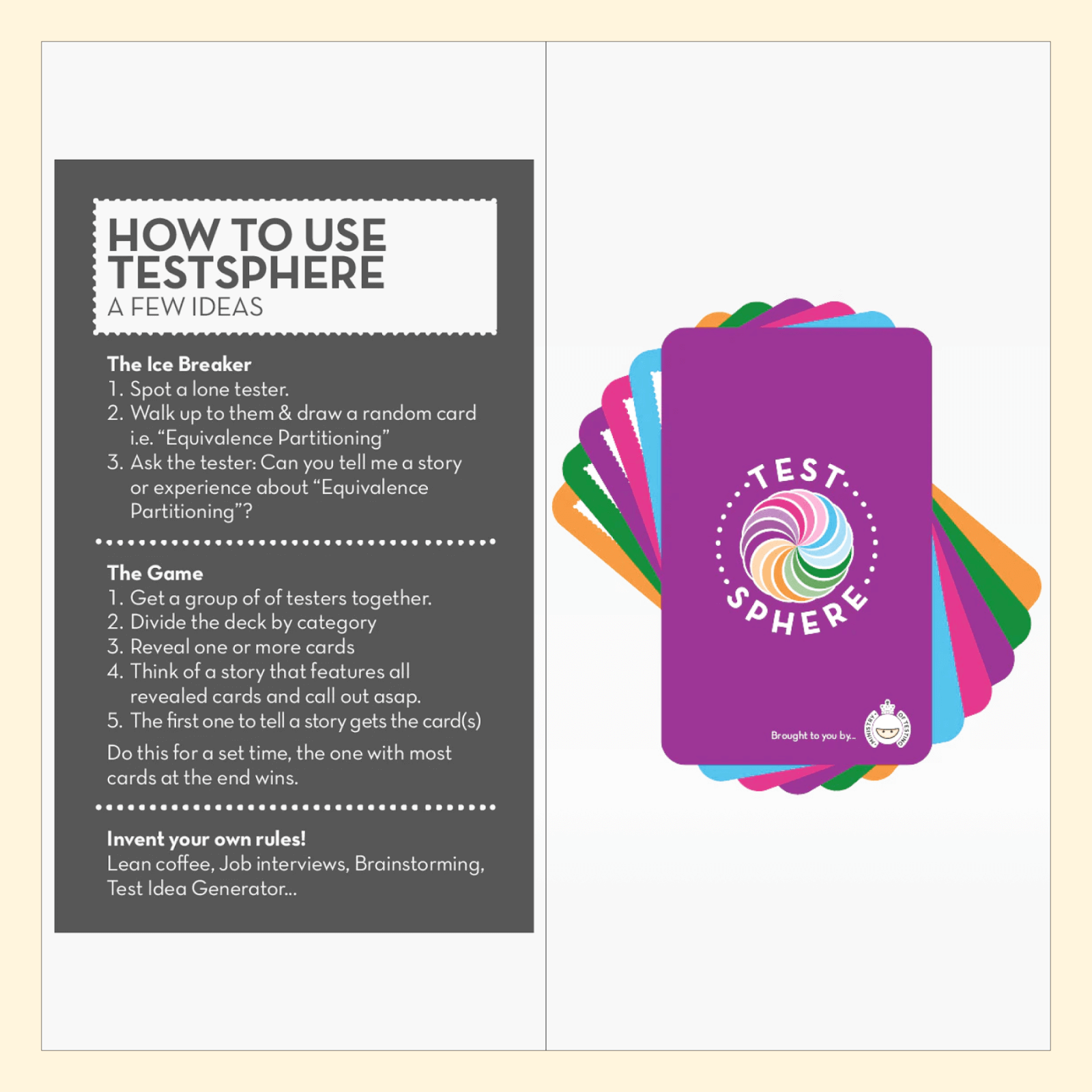


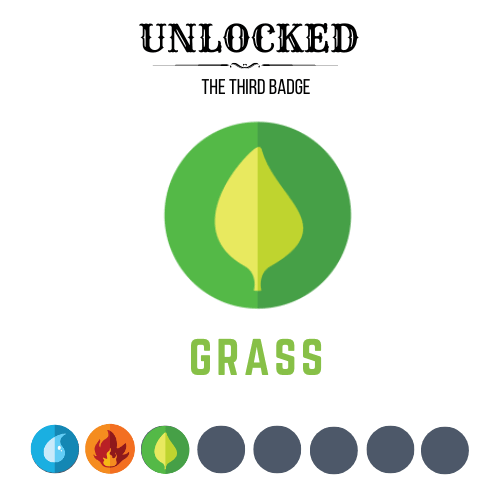
- THE PLAYER UNDERSTANDS THE BASICS OF GAMIFICATION.
- THE PLAYER NOW KNOWS SOME IDEAS TO GAMIFY TESTING ACTIVITIES.
Gamification of Employee Recognition
Appreciation is a fundamental need for every human being. A well-performing tester deserves a pat on the back. What if you gamified this to make it even more fun?
- Introduce spot awards– Adding a sense of spontaneity to employee rewards increases employee engagement. Employees are more likely to repeat good behavior when they receive unexpected rewards. Using spot recognition as a gamification tool can make your workplace more exciting!
Peer-to-peer recognition is more crucial than manager-to-employee recognition. Building a culture of recognition requires feedback and praise among team members.
- Develop a rewards program that recognizes and rewards testers for their contributions. Provide incentives for testers who go above and beyond in their work. Along with spot awards, create quarterly and yearly award programs. Incorporate gamification by creating titles like Value Champion, Rockstar, Tester of the month, Tester of the year, etc.
- Wall of Fame – A way to recognize the most valuable and top-rewarded employees. It is possible to have a leaderboard across the organization or separate ones for the testing team. It feels tremendously rewarding to see one’s name on the leaderboard or to be recognized on the wall of fame. You can determine what goes on the wall of fame.
- Individual – Most points
- Individual – Reproduced the most challenging bug
- Team – List teams by least defect leakage
- Team – List teams by automation coverage
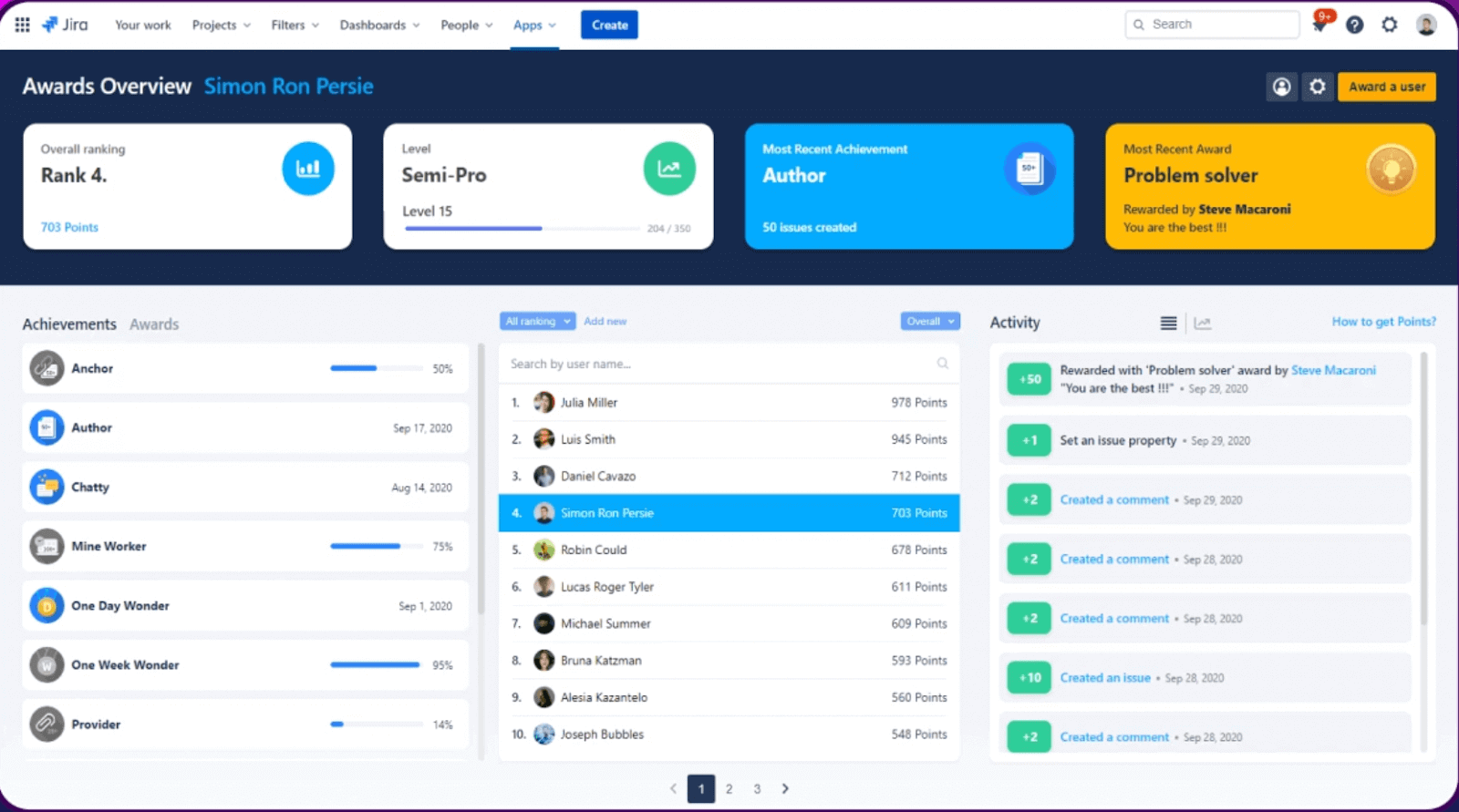
Trophies for Jira – Badges, Awards, Peer recognitions, Leaderboards.
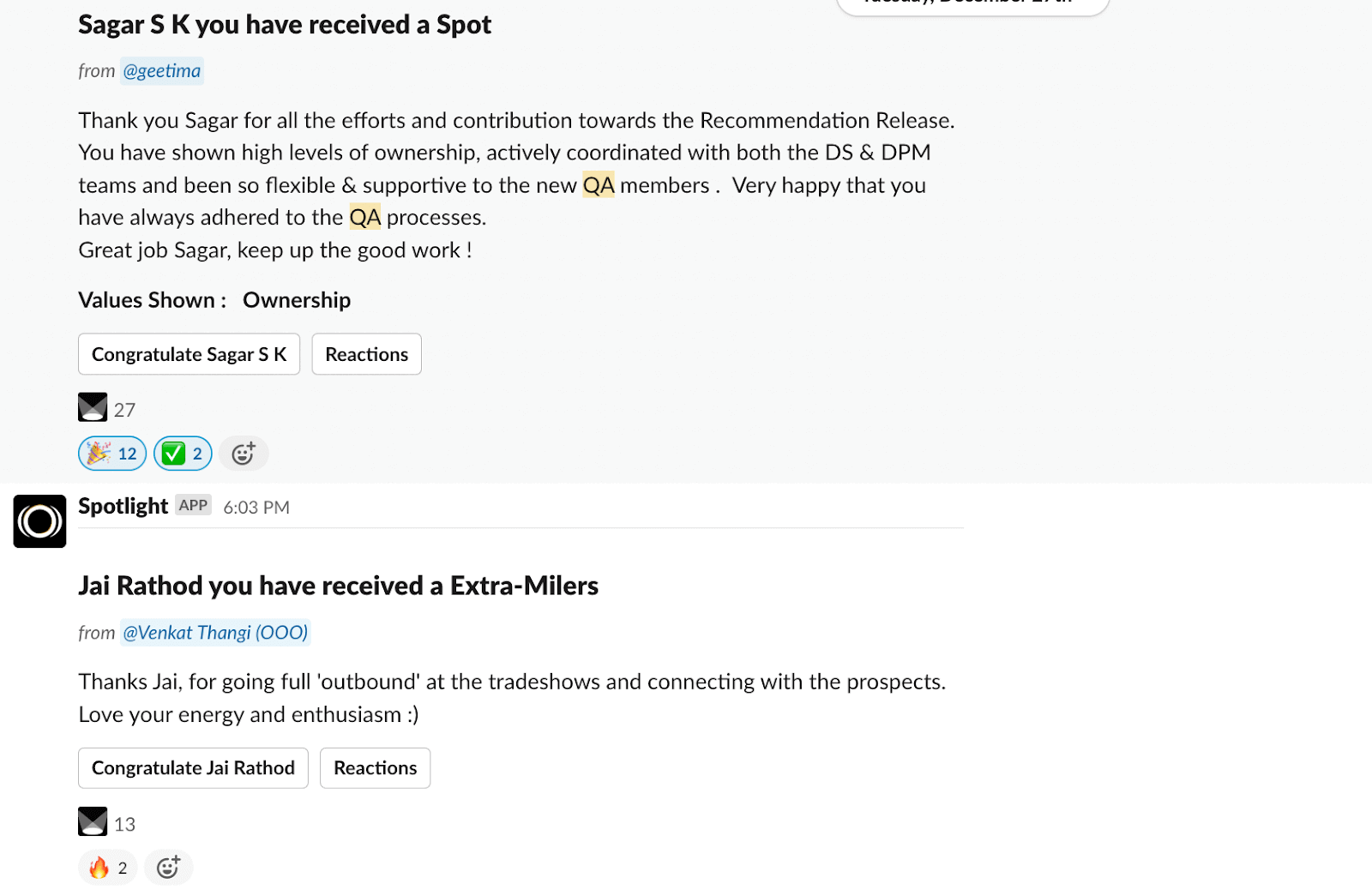
Build a Gamification Strategy

A Gamification strategy is taking something already existing, like software testing activities, and using gaming techniques to motivate consistent participation and long-term engagement.
A Gamification strategy uses gaming techniques to increase participation and long-term engagement in something (For instance, software testing activities). When building a gamification strategy, consider the following factors.
- Define the goals of gamification? What are you trying to achieve with gamification?
- What actions do you want your testers to take?
- What habits do you want your testers to cultivate?
- What can you do to make their work more fulfilling?
- Determine the target audience(testers, developers, non-testers etc).
- What motivates the players of the game? Consider the context, needs, and challenges of your player.
- Choose the right game elements and rewards that resonate with your target audience.
- Be sure to get the team’s and management’s buy-in.
- Develop a gamification budget/reward plan – it does not always have to be expensive (more ideas will emerge as you read further).
- Inspect and adapt your strategy as needed. Evaluate whether you are engaging the players and meeting the desired goals.

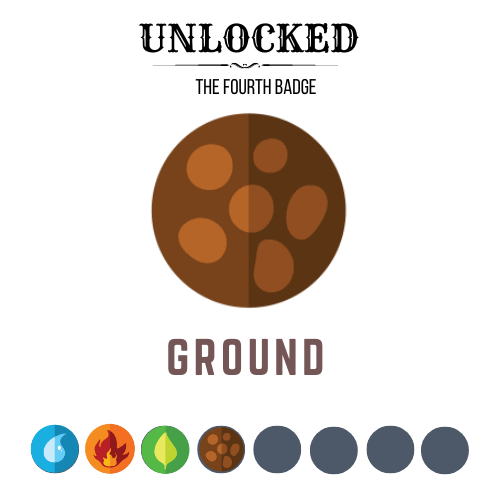
- THE PLAYER KNOWS SOME IDEAS TO GAMIFY THE RECOGNITION OF TESTERS.
- THE PLAYER KNOWS HOW TO BUILD A GAMIFICATION STRATEGY.
YOU’LL UNLOCK THE NEXT FOUR BADGES AND A DESERVING TITLE.
Conclusion
There are several ways that gamification can be used to improve the engagement, learning, collaboration, and productivity of testers. In addition to improving performance and results, gamification can make testing more enjoyable and rewarding through game elements.
The next part of this article explores some more interesting ways to use gamification in the day-to-day activities of testers. Thanks for reading, please share it with your network. I’d love to hear your thoughts in the comments section.
Hope you enjoyed the 1st part! Download the part 2 of the guide to learn more about how to implement gamification.

2M+ Devs and QAs rely on LambdaTest
Deliver immersive digital experiences with Next-Generation Mobile Apps and Cross Browser Testing Cloud
Got Questions? Drop them on LambdaTest Community. Visit now















